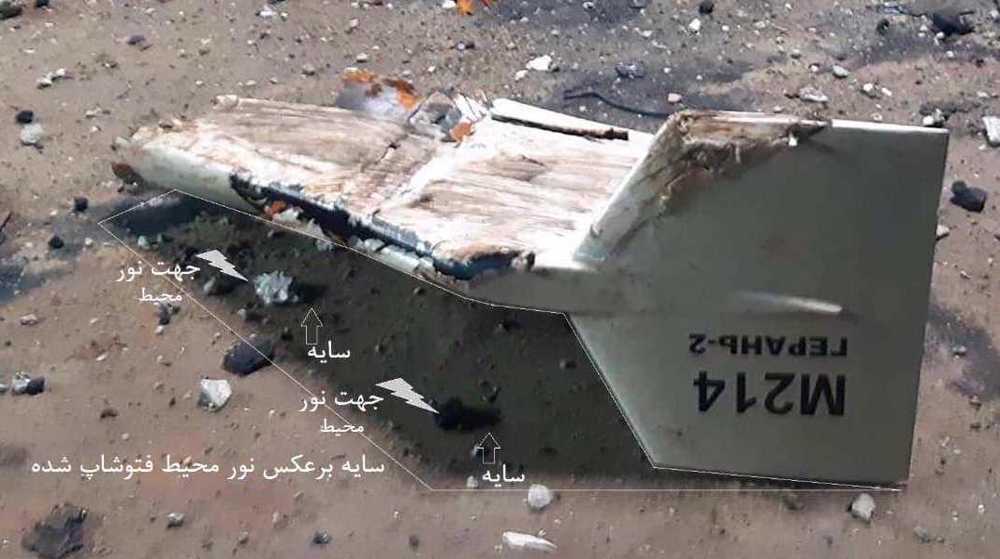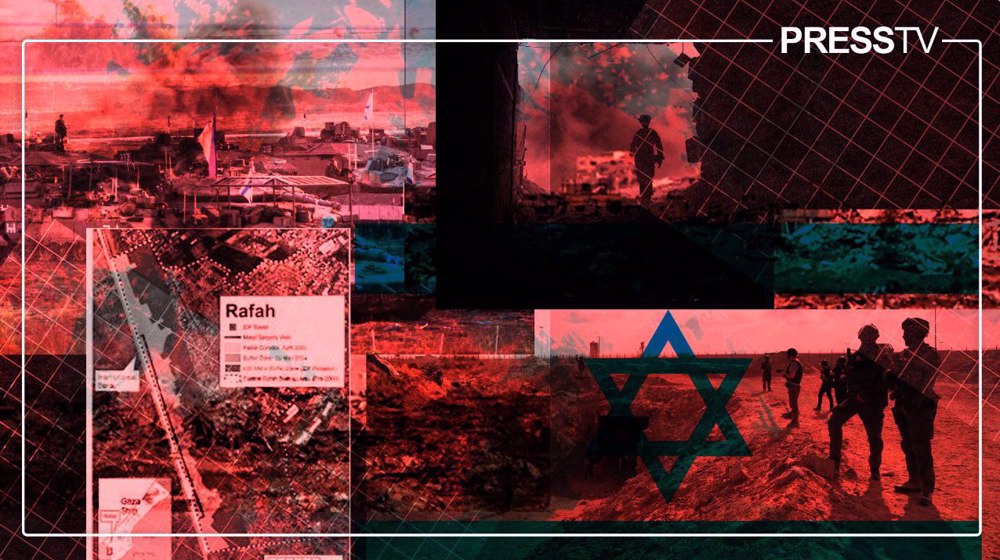Psychological operation in Ukraine war: A lesson to learn to avoid fake news
By Faezeh Akbarshahi
Six days after the emergence of the footage of Ukrainian forces showing Iranian OF-462 122mm projectiles, an amateurly-photoshopped image of what was called the vertical rudder of a Shahed 136 drone “shot down” by Ukraine circulated on the internet.
Responding to the development, the admirers of Iran took in the fact pride that their country is now able to export unmanned birds, while, as usual, the self-loathing Iranians residing abroad, as well as the West’s domestic puppets, tried to depict it as a sign of the complete failure of all Iranians in everything they have done, are doing, and will do.
Long before this maneuver, Western media outlets had raised speculations about the transfer of the manufacturing technology of this type of drone to the Yemeni resistance forces. They attributed the accurate military attacks on Aramco’s Abqaiq facilities in Saudi Arabia on September 14 and 15, 2019 to the Yemeni-made version of this type of unmanned aerial vehicle – the “Waeed drone” which belongs to the Ansarullah resistance movement. They claimed that the Russian Federation, under a license from the Islamic Republic of Iran, assembled the Shahed 136 drone with the Russian name Герань-2, which translates into Geranium-2, and used it against targets in Ukraine, adding, however, that the drone was shot down before hitting the target, yet in a way that, completely by chance, the only writing on the only remaining piece of it fell on the ground to be pictured.
Speculation about the customer of the Iranian-made weapons is not the subject of this article, as whether Russia has bought the Shahed 136 drone from Iran or not, the direction of the light and the direction of the shadows in the published photo simply show that it is clearly a fake because the shadows of the rudder added to the image with Photoshop, unlike the shadows of the stones below it, have been extended from right to left and not vice versa.
The Shahed 136 drone is in fact a long-range guided bomb that stops only when it hits the target, and for this very reason, it lacks a landing gear and was not basically supposed to land safely on the ground. But what we see in the published image does not actually contain any information other than what its publishers want their audience to believe and its only use for the Iranian audience is to learn how, with a little examination, they can easily verify whether what is published as first-hand news on the internet is true or false.
Faezeh Akbarshahi is an international relations expert.
(This article was written originally in Persian and translated to English by Press TV staff. The views expressed in this piece do not necessarily reflect those of Press TV.)
VIDEO | Press TV's news headlines
VIDEO | Hezbollah chief rejects disarmament calls, slams ‘Greater Israel’ project
VIDEO | Turkey seeks to expand diplomatic, strategic influence globally
VIDEO | Syrian protesters reject any normalization with Israeli regime
Regional states reject Israeli attempt to displace Palestinians from Gaza
‘Sickening’: Trump’s ‘Peace Prize’ moment at World Cup draw sparks worldwide cringe
Iran drawn against Belgium, Egypt, New Zealand in 2026 FIFA World Cup Group G
VIDEO | Slamming ‘Greater Israel’ project










 This makes it easy to access the Press TV website
This makes it easy to access the Press TV website